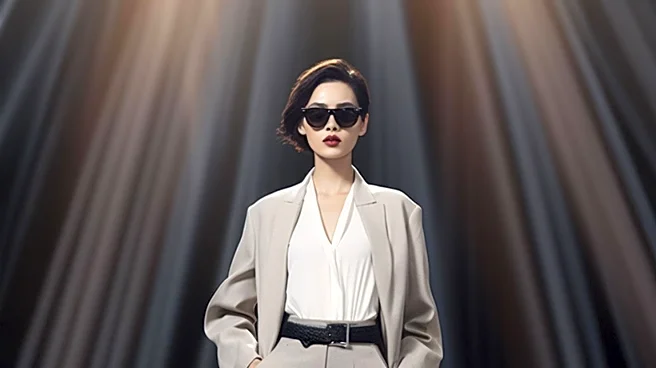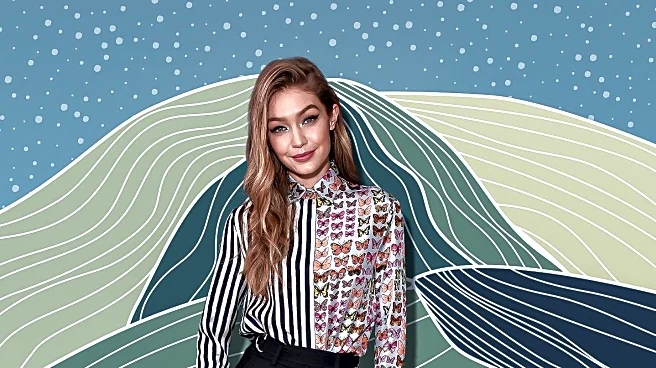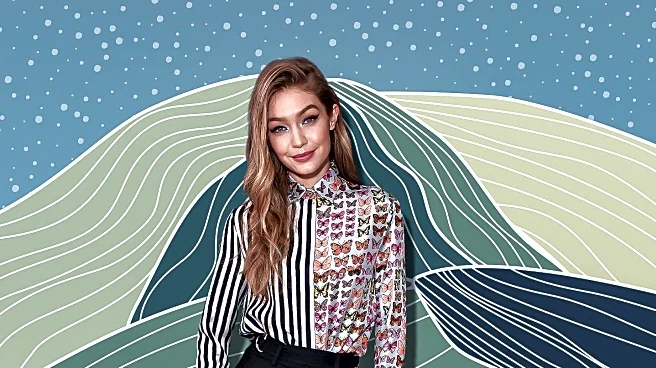What's Happening?
Several fashion brands are challenging the traditional focus on youth by featuring celebrities over 50 in their latest fall and winter campaigns. Notable figures such as Laura Dern, Viola Davis, and Jane
Fonda have recently graced the runways in major fashion cities like New York, London, and Paris. This trend continues with Academy Award winner Olivia Colman, 51, starring in Burberry's outerwear campaign through a series of short films. Additionally, Sarah Jessica Parker, known for her role as Carrie Bradshaw, is modeling UGG's shearling boots in new advertisements. These campaigns highlight the growing acceptance and celebration of age diversity in the fashion industry.
Why It's Important?
The inclusion of celebrities over 50 in major fashion campaigns marks a significant shift in the industry's approach to age representation. Traditionally, fashion has prioritized youth, often sidelining older individuals. By featuring well-known figures like Olivia Colman and Sarah Jessica Parker, brands are not only broadening their appeal but also challenging societal norms regarding age and beauty. This move could influence public perceptions, encouraging a more inclusive view of aging and potentially impacting consumer behavior. It also reflects a broader cultural shift towards valuing experience and maturity, which could lead to increased opportunities for older models and actors.
What's Next?
As more brands embrace age diversity, it is likely that the fashion industry will continue to evolve, potentially leading to more inclusive casting choices across various media. This trend may inspire other sectors to reconsider their age-related biases, promoting broader societal change. Fashion brands might also explore collaborations with older celebrities to further capitalize on their influence and appeal. Additionally, consumer response to these campaigns could drive further innovation in product offerings tailored to diverse age groups, enhancing market competitiveness.
Beyond the Headlines
The shift towards featuring older celebrities in fashion campaigns may have deeper implications for societal attitudes towards aging. It challenges the stigma associated with growing older and promotes a narrative that values wisdom and experience. This could lead to broader cultural acceptance and appreciation of aging, influencing industries beyond fashion, such as media and advertising. Furthermore, it raises ethical considerations about representation and inclusivity, prompting discussions on how industries can better reflect the diversity of their audiences.













